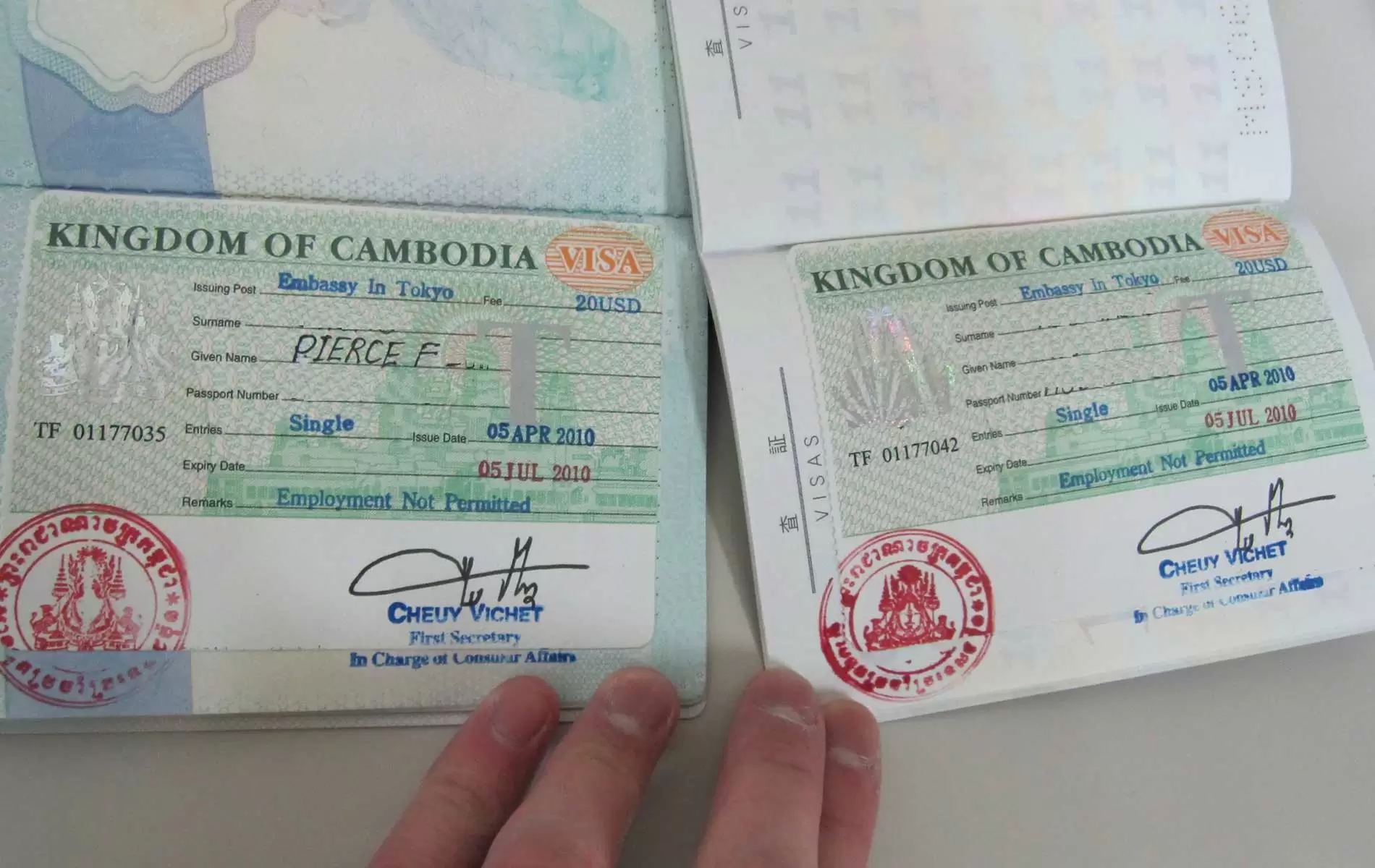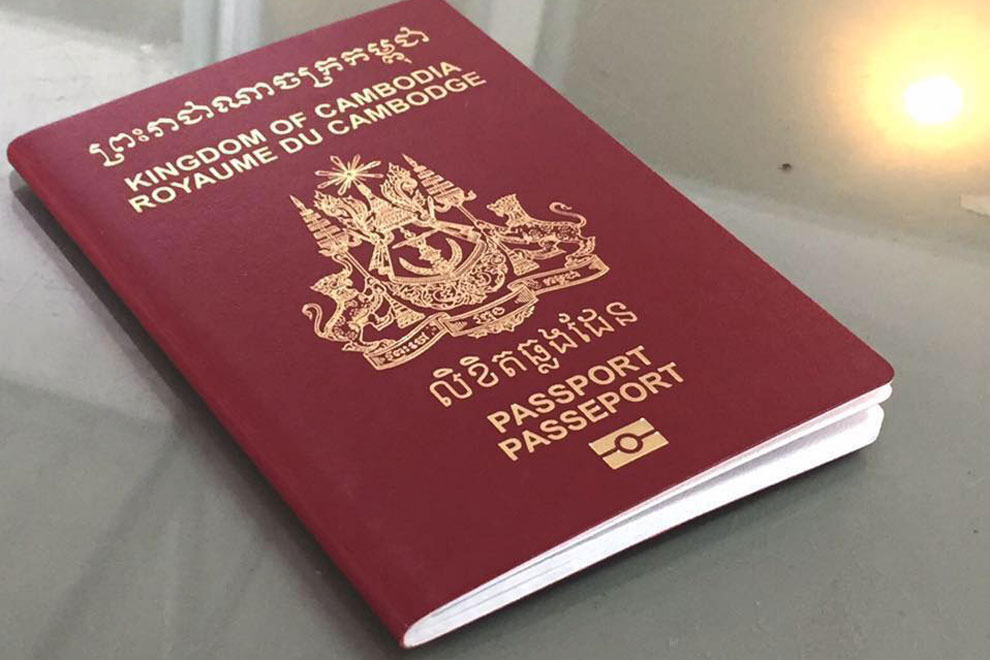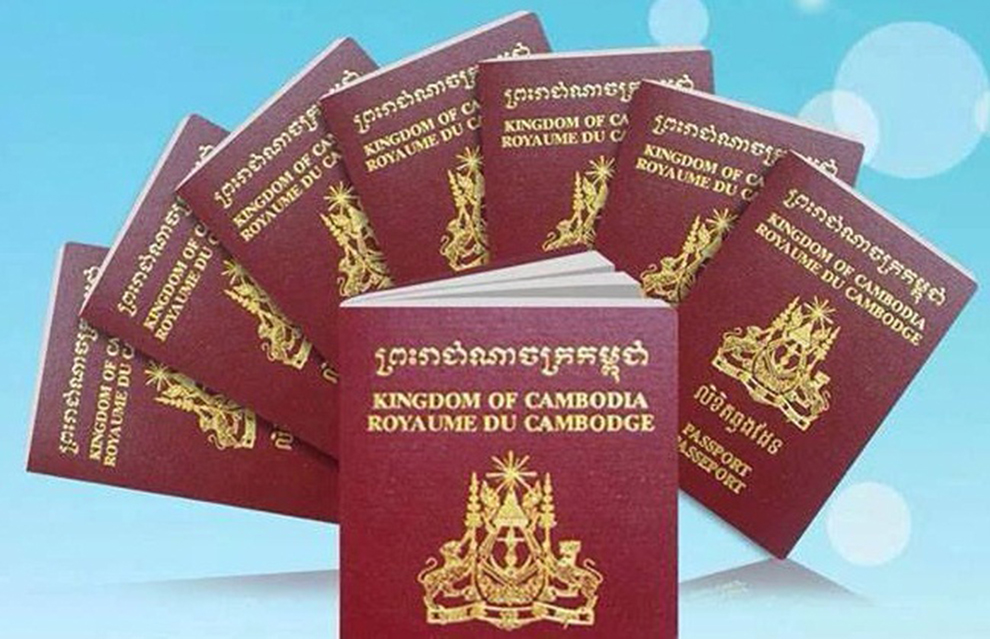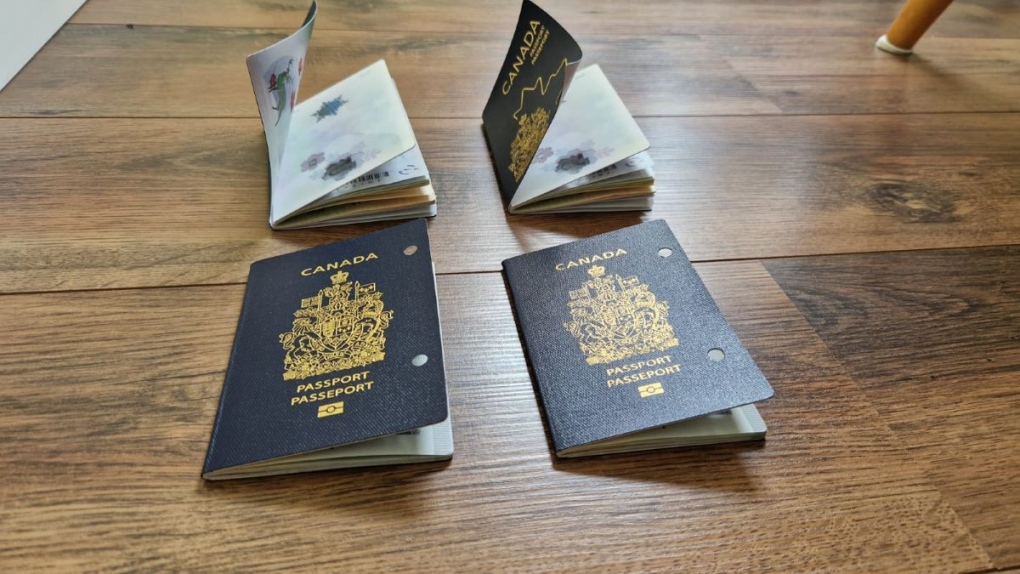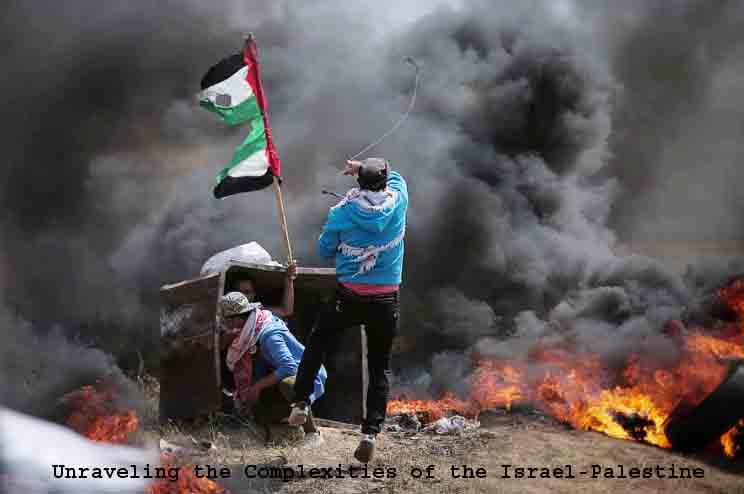
Israel Palestine War
The Israel-Palestine conflict stands as one of the most enduring and contentious disputes in modern history, characterized by a complex web of historical, political, religious, and territorial factors. The roots of the conflict can be traced back to the late 19th century when nationalist movements emerged in the Middle East, leading to the establishment of Israel in 1948.
Since then, the region has witnessed numerous wars, uprisings, and diplomatic efforts in an attempt to find a lasting solution. This article aims to provide a comprehensive exploration of the Israel-Palestine conflict, delving into its historical origins, the major milestones in the conflict, and the contemporary challenges that hinder the prospects of a peaceful resolution.
Historical Origins
The roots of the Israel-Palestine conflict can be traced back to the late 19th and early 20th centuries, marked by the rise of nationalist movements and imperialistic endeavors. Zionist movement by founded by Theodor Herzl in 1897, sought to establish a national homeland for the Jewish peoples. The movement gained momentum as waves of Jewish immigrants migrated to Palestine, then part of the Ottoman Empire.
The Balfour Declaration in 1917, a pivotal moment in the conflict, expressed British support for the establishment of a “national home for the Jewish people” in Palestine.
However, the conflicting promises made to both the Arab and Jewish communities by colonial powers laid the groundwork for future tensions. The League of Nations granted Britain the mandate to govern Palestine in 1920, further fueling Arab resentment as Jewish immigration increased.
1948 Arab-Israeli War
The culmination of tensions resulted in the 1948 Arab-Israeli War, also known as the War of Independence or Nakba (catastrophe). The State of Israel was declared on May 14, 1948, and neighboring Arab states, rejecting the establishment of a Jewish state, invaded the newly formed nation. The war led to significant displacement of Palestinian Arabs, shaping the demographic landscape of the region.
The armistice agreements that followed left the West Bank under Jordanian control and the Gaza Strip under Egyptian administration. Jerusalem was divided, with the western part controlled by Israel and the eastern part by Jordan. These borders set the stage for future conflicts, as the status of Jerusalem and the Palestinian refugees became central issues.
Six-Day War (1967) and Its Aftermath
The Six-Day War of 1967 marked a turning point in the Israel-Palestine conflict. Faced with perceived threats from neighboring states, Israel launched preemptive strikes against Egypt, Jordan, and Syria. The war resulted in Israel’s occupation of the West Bank, East Jerusalem, the Gaza Strip, the Sinai Peninsula, and the Golan Heights.
The consequences of the Six-Day War further complicated the conflict, as Israel’s military occupation of Palestinian territories intensified. The construction of Israeli settlements in the West Bank and East Jerusalem became a contentious issue, leading to heightened tensions and resistance from the Palestinian population.
Yom Kippur War (1973) and Peace Initiatives
In 1973, the Yom Kippur War erupted as Egypt and Syria sought to regain territory lost in 1967. The conflict, though militarily inconclusive, prompted renewed diplomatic efforts. The Camp David Accords of 1978, brokered by U.S. President Jimmy Carter, resulted in Egypt becoming the first Arab state to officially recognize Israel. In return, Israel withdrew from the Peninsula.
However, a comprehensive resolution to the Israel-Palestine conflict remained elusive. The Oslo Accords of the 1990s aimed at establishing a framework for future negotiations and the creation of a Palestinian Authority in parts of the West Bank and Gaza. Despite initial optimism, subsequent events, including the assassination of Israeli Prime Minister Yitzhak Rabin in 1995, hindered the peace process.
Contemporary Challenges and Stumbling Blocks
The Oslo process faced numerous challenges, including disputes over the status of Jerusalem, the right of return for Palestinian refugees, and the establishment of a sovereign Palestinian state. The construction of Israeli settlements in the occupied territories continued, raising concerns about the viability of a two-state solution.
The construction of the West Bank barrier, often referred to as the “security fence” by Israel and the “apartheid wall” by critics, further deepened divisions. While Israel contends that the barrier is necessary for security, Palestinians argue that it infringes on their rights and exacerbates the hardships faced in daily life.
Gaza Strip: Blockade and Conflict
The Gaza Strip, under the control of the Palestinian militant group Hamas since 2007, has been a focal point of conflict. Israel’s blockade of Gaza, intended to prevent the flow of weapons and materials to Hamas, has led to a humanitarian crisis. The territory has experienced multiple conflicts, with Israeli military operations and rocket attacks by Palestinian militants causing civilian casualties and widespread suffering.
Efforts to broker ceasefires and humanitarian aid have provided temporary relief but have not addressed the root causes of the conflict. The situation in Gaza remains a constant flashpoint, reflecting the broader challenges of the Israel-Palestine conflict.
International Perspectives and Diplomacy
The international community has been actively involved in attempts to mediate a resolution to the Israel-Palestine conflict. The United Nations, the United States, the European Union, and regional actors have all played roles in diplomatic initiatives. However, differing perspectives and geopolitical considerations have often hindered progress.
The United States, historically a key ally of Israel, has faced criticism for its perceived bias, particularly during the Trump administration, which recognized Jerusalem as Israel’s capital and moved its embassy there. The Biden administration has signaled a different approach, expressing support for a two-state solution and resuming aid to the Palestinian Authority.
The Role of Religion
Religious considerations add another layer of complexity to the Israel-Palestine conflict. Jerusalem, a city sacred to Judaism, Christianity, and Islam, has been a focal point of contention. Disputes over control of religious sites, such as the Al-Aqsa Mosque, have fueled tensions and triggered violence.
Religious extremism on both sides has also played a role in perpetuating the conflict. Extremist elements within Jewish and Muslim communities have contributed to radicalization and acts of violence, further complicating efforts to achieve a peaceful resolution.
The Prospects for Peace
As the Israel-Palestine conflict continues, the prospects for a comprehensive and lasting peace remain uncertain. The challenges are multifaceted, encompassing issues of territory, refugees, settlements, security, and the status of Jerusalem. The deeply entrenched narratives on both sides contribute to a sense of mistrust, making compromise difficult.
The two-state solution, which envisions the coexistence of Israel and a sovereign Palestinian state, remains a widely endorsed framework. However, the implementation of such a solution faces significant obstacles, including the status of Jerusalem, the right of return for Palestinian refugees, and the future of Israeli settlements.
Alternatives to the two-state solution, such as a single democratic state where Israelis and Palestinians have equal rights, have been proposed. However, these alternatives pose their own set of challenges, including questions of identity, security, and the recognition of historical narratives.
The Need for Dialogue and Understanding
Addressing the Israel-Palestine conflict requires a commitment to dialogue, understanding, and empathy on all sides. Initiatives that promote people-to-people interactions, cultural exchange, and educational programs can play a crucial role in breaking down stereotypes and fostering mutual understanding.
Civil society organizations, both within the region and internationally, have been instrumental in promoting peacebuilding initiatives. Grassroots efforts that bring together Israelis and Palestinians, fostering cooperation and collaboration, offer hope for a more positive future.
Conclusion
The Israel-Palestine conflict is a deeply entrenched and multifaceted dispute with roots stretching back over a century. Historical events, geopolitical considerations, religious factors, and the quest for national identity have all contributed to the complexities of the conflict. While numerous diplomatic efforts have been made to find a resolution, the challenges persist, and the prospects for peace remain elusive.
The international community, including the United Nations, the United States, and regional actors, must continue to play a constructive role in facilitating dialogue and negotiations. Addressing the core issues, including the status of Jerusalem, the right of return for refugees, and the future of settlements, is essential for any meaningful progress.
Ultimately, a sustainable and just solution to the Israel-Palestine conflict requires a commitment to mutual recognition, security, and the realization of the rights and aspirations of both Israelis and Palestinians. As the world watches, the hope for a future where the people of the region can live side by side in peace should guide the collective efforts toward a resolution that has eluded the region for far too long.





